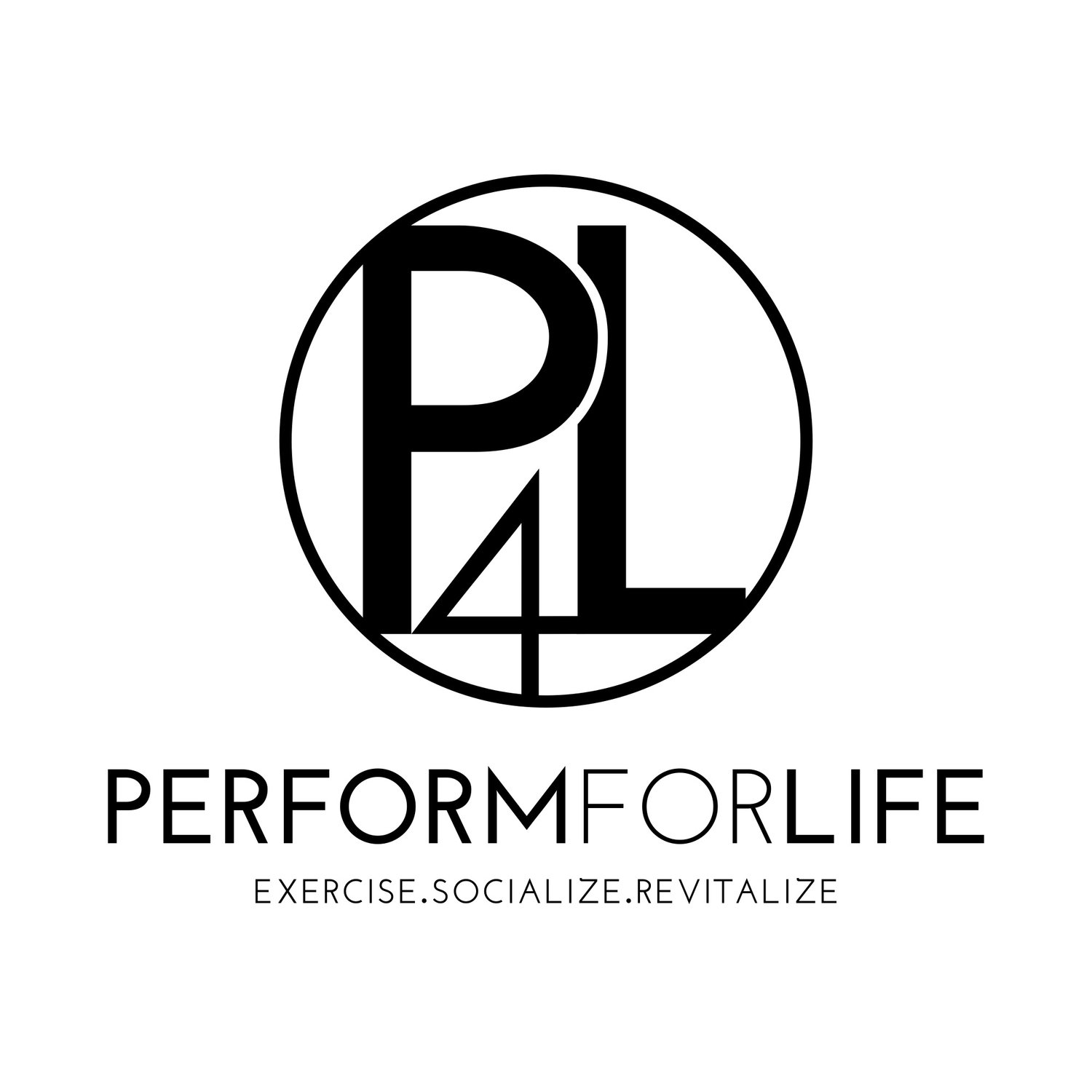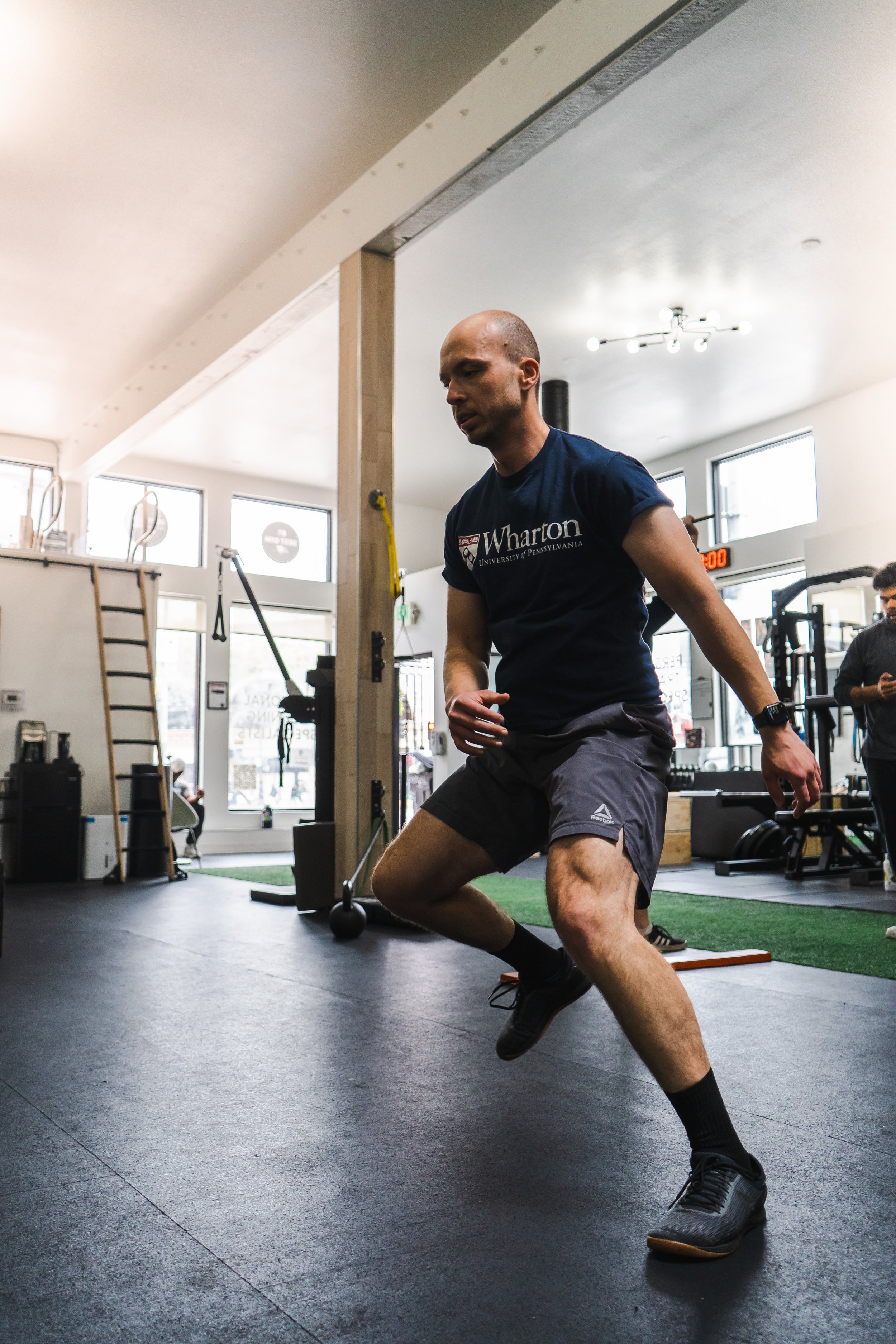3 Signs You're Overtraining
Overtaining is defined as “…a maladapted response to excessive exercise without adequate rest, resulting in perturbations of multiple body systems (neurologic, endocrinologic, immunologic) coupled with mood changes.”
Simply put, overtraining occurs as a result of exercise without adequate recovery. This can cause, among other things, increases in body fat, a plateau or reduction of lean (muscle) mass, an elevated resting heart rate, increased levels of stress, increased likelihood of injuries, decreased performance, and a weakened immune system.
It’s necessary to be clear on one thing: overtraining will NOT occur in a vast majority of the population. Most busy professionals simply don’t have the time to put into the gym that would cause them to fall into a state of overtraining - it is much more likely to occur in athletes. However, it is also necessary to note that when a person reaches a state of overtraining is largely dictated by their recovery time outside of training.
At the cellular level, exercise is stress on the body. From a strength training perspective, hypertrophy (muscle growth) occurs only after muscle fibers have been torn and subsequently repaired. When performed in the correct dosages and with adequate recovery, the net result will be a positive bodily adaptation (increased aerobic capacity, increased muscle mass, etc). However, if too much is performed, or the recovery period is inadequate, and this pattern remains consistent, then overtraining may occur. High-stress levels from everyday life could also increase the risk of overtraining. Your recovery may be inadequate if:
- you sleep less than 7-9 hours
- you don’t eat enough/your body doesn’t get the micro- and macronutrients required for proper recovery
- if you don’t allow enough time between workouts.
Intensity is also a player in overtraining: the higher the intensity of the workout, the more time should be given to allow for proper recovery. So, a person performing HIIT workouts (high-intensity interval training) should ideally allow more time between sessions than someone performing a brisk walk or moderate intensity resistance training. Like I said, exercise is stress at the cellular level, so if you lead a high-stress lifestyle, HIIT is most likely not for you: the last thing someone who deals with high levels of stress needs is an exercise that will put much more stress on the body. High-stress individuals will often respond better to low or moderate intensity workouts.
As a trainer, I realize time and time again that less is more. People believe that they need to be pushed to their limits during each workout to achieve their goals, and that this is essentially the only way to do so. However, the body will only respond positively to a certain amount of stimulus, and after a certain point, this excess stimulus could potentially push you further away from your goals rather than closer to them. The point at which overtraining is reached is different for everyone, and depends on multiple factors. If you aren’t seeing results, or even seeing the inverse of your desired results, consider what you’re doing to recover outside of the gym, and consider whether or not your workouts are complimentary to your stress levels and lifestyle.
Source: https://www.ncbi.nlm.nih.gov/pmc/articles/PMC3435910/












